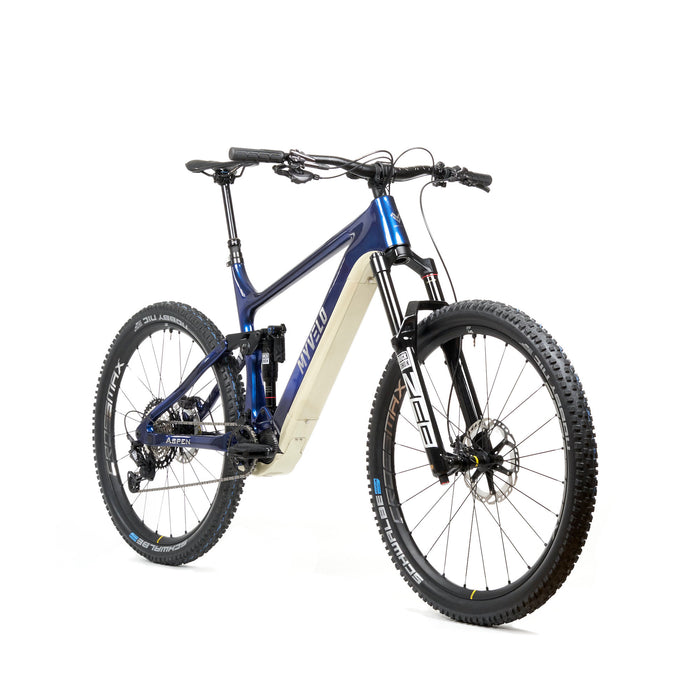
MYVELO ASPEN E-Fully MTB
incl. FREE shipping & free returns

Von Vincent Augustin |
2 minutes read time

In this article you will learn everything you need to know about ABS on e-bikes, from how it works to the advantages in everyday life.
The anti-lock braking system, or ABS for short, is a safety technology that is already known from the automotive sector and has now also found its way into the world of e-bikes. Its main function is to prevent the wheels from locking when braking. This is done through an automatic control system that modulates the braking force to keep the wheel in an optimal braking zone without it locking.
The ABS on the e-bike is based on sensors that measure the speed of the wheels and adjust the braking force accordingly. If a wheel threatens to lock, the braking force is briefly reduced and then increased again to keep the wheel rotating and ensure maximum deceleration. This happens within milliseconds and is often barely noticeable to the driver.
Safety : The biggest advantage of ABS is the increased safety when braking. Preventing blockages can be crucial to avoid falls, especially on slippery or uneven surfaces.
Stability : ABS contributes to the stability of the e-bike as it maintains control of the vehicle even during critical braking moments.
Driving comfort : You can rely on smoother and more controlled braking performance, which contributes to a more pleasant driving experience overall.
Weather independence : ABS works effectively even when the road is wet or dirty because it works independently of the external conditions.
The need for ABS on an e-bike depends on various factors, including your riding style, the routes you frequently travel and the weather conditions. For commuters who travel on busy roads every day, ABS can be a sensible investment in their own safety. Riders of trekking e-bikes or mountain bikes, who often travel on different terrain, also benefit.
As e-bike technology continues to evolve, ABS is becoming more precise and efficient. Future models could offer even finer sensors and even faster response times to further increase safety. Manufacturers such as Bosch , Shimano and others are already integrating ABS into their most advanced e-bike systems, driving the availability and development of this technology.
The anti-lock braking system (ABS) on the e-bike represents a significant advance in safety technology. It not only offers improved safety when braking, but also more control and comfort for the rider.
Whether ABS makes sense for you depends on your individual needs and requirements. Find out about the current models and their features to make the best decision for your e-bike and make your rides even safer.
Stay safe on the road and enjoy riding your e-bike – with the right ABS system at your side!